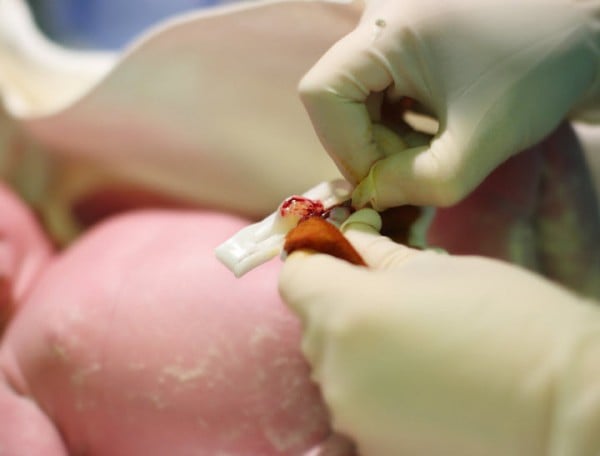
Being pregnant opens up a whole different world.
Besides finding out the many miracles that a human body can do (like grow a baby), there are all the different type of birthing options.
Now, as someone who is reaching that stage soon, I’m obviously interested in everything birthing.
Before falling pregnant, I thought there were only a few options.
Vaginal birth, no drugs.
Vaginal birth, with drugs.
How naive I once was.
Read more: The seven things you really think while giving birth.
Not only are there many many more options to how to bring a baby into the world, there is also what you plan to do with the placenta (like placenta pills – read more here – or placenta art – check out these artworks here) and how you want that placenta separated from your baby.
Ah, doesn’t someone just cut the cord?
Yes, I thought that was the only option. Well, I thought the only choice was to decide who cut the umbilical cord – the doctor or your birth partner.
But no.



